Content
When you’re looking for a sober recovery home, be sure to ask what’s included in the monthly rate and what is extra. Some examples of additional services may include transportation to appointments, recovery coaching, meals and gym memberships. But when considering some of the services offered, make sure they’re services that help support your sobriety. Part of living in recovery is “showing up for life,” meaning doing things for yourself that make you a successful, contributing member of society. When in active addiction, we tend to ignore the things that make us successful.

The hope is that with a period of extra support at a substance abuse halfway house or other sober living home, residents will learn the skills to be self-sufficient and maintain sobriety on their own. It’s easy to confuse sober living houses with rehab centers or halfway houses, but there are some stark differences among them. Rehab centers offer intensive recovery programs that help residents overcome addictions by following strict rules and regulations.
The Pros and Cons of Sober Living Houses
If you and your medical professionals agree that you’re still benefiting from the program, then you should be able to continue on without issue. While you may want to live on your own right away, you might not be ready to manage total freedom at first. Sober living offers a balance between living in the real world and receiving some structure and monitoring. Some facilities require a minimum number of days of sobriety from substance abuse, but many will work with you to determine if you’re a good fit. Halfway houses, like other recovery and sober-living houses, are intended to gently reintroduce tenants back into society, free from the pressures and triggers of a potentially dangerous home environment.

Well sober people have a better chance of staying sober together. There are also several sober living homes run by religious groups, private organizations, or businesses. When looking into sober living in your area, you have to consider a few things—such as cost, amenities, and house rules specific to each facility. Since sober living houses are in residential neighborhoods, backyards may also be available and will be part of the shared communal space.
Making the Most of a Sober Living Home
Although halfway houses share a lot in common with sober-living homes, there are a few key differences that set them apart. Halfway houses serve as the halfway point between an institution and independent society, with residents usually coming from either correctional https://stylevanity.com/2023/07/top-5-questions-to-ask-yourself-when-choosing-sober-house.html or inpatient treatment facilities. Sober living houses can foster peer encouragement, camaraderie, character development, and accountability in residents. The outcomes of living in such an environment can include positive health, behavioral, and relationship changes.
Can you live life without alcohol?
A life without alcohol is a life to be proud of, and can help address these challenges over time. Sobriety can create more opportunities to feel aligned with your values and recognize your strengths. For example, you might find yourself getting ahead at work, meeting physical fitness goals, and so much more.
By 18 months nearly all had left, yet improvements were for the most part maintained. Regardless of where you are in your sobriety journey, Real Recovery can help. With a variety of treatment programs and compassionate staff, you’re sure to find the next step toward freedom. Level IV employs an organizational hierarchy of credentialed staff and adds on clinical and administrative supervision.
Trusted & Approved Addiction Treatment Center
Homeless people with substance use disorders have higher risks, exacerbated further if there are criminal justice issues. Recovery housing can provide a safe environment, support for abstinence and link people into education and employment opportunities. Motivation to maintain sobriety among residents of sober living recovery homes.
- A stay at a halfway house may be court mandated, but standard SLH residency is entirely up to the individual.
- Have you or a loved one completed a substance abuse treatment program or detox?
